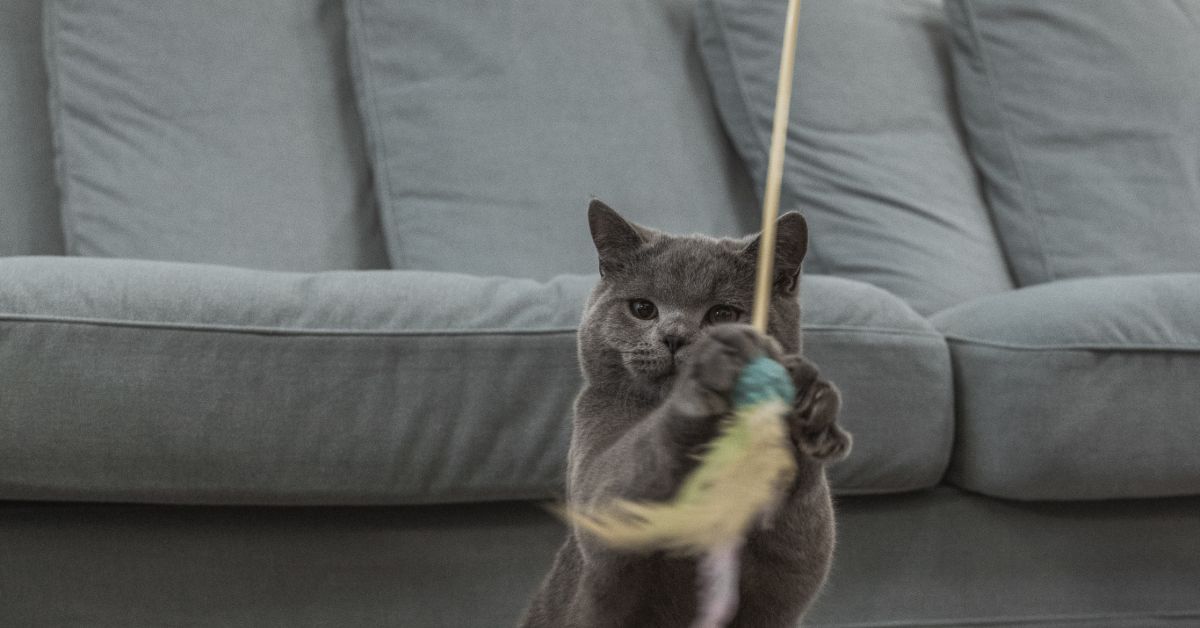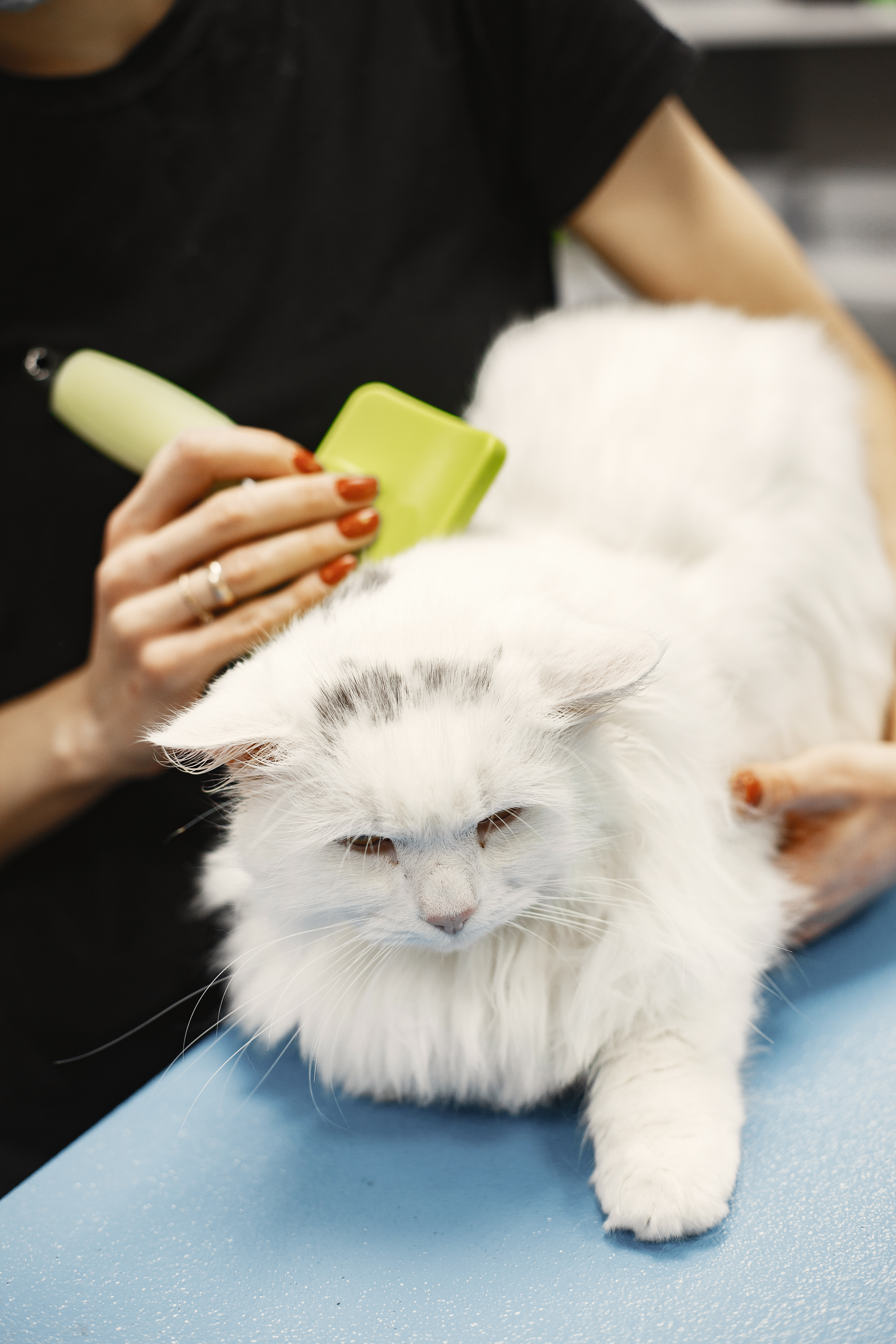
07 February 2025
|PetBae
Getting Cats to Come to You: Training Tips
When you're working from home as a pet sitter, particularly with cats in your care for services like cat boarding through PetBae, you may find yourself trying to get a cat to come to you, whether for cuddles, attention, or simply to move them from a space you need for work. While cats aren't as naturally inclined to listen to commands as dogs, they can certainly learn basic tricks like coming when called, especially with patience and the right approach.
Cats are more independent and have less of a working relationship with humans, but they still respond well to positive reinforcement training. The key is to keep training sessions short and positive, making sure the environment is calm and distraction-free. As a pet sitter, you can incorporate this kind of training into your daily routine, offering both mental stimulation and a chance to strengthen the bond with the cats in your care.
To get a cat to come to you, using a consistent cue like their name or a specific sound, such as a bell, is important. Pair this with treats or a toy they particularly love, and always reward them when they respond. Starting with small steps, like rewarding them for simply looking in your direction when you call, can help. As they begin to associate the cue with positive outcomes, you can increase the distance or add mild distractions, such as playing a video or typing on your keyboard.
While some cats might be quick to respond, others may need more time—especially if they’re older, skittish, or new to the environment. That’s why it’s crucial to be patient and avoid overwhelming them. Keep training sessions brief, no more than five minutes, and always ensure that the rewards are something the cat finds irresistible.
For pet sitters balancing multiple cats or dealing with more cautious feline guests, it’s helpful to have a routine that includes training time. It not only helps improve recall but also provides enrichment and can reduce anxiety, which is particularly important for cats staying in a boarding situation. And as a bonus, being able to call a cat over when needed can be incredibly useful when working on a laptop or needing a break from your keyboard.
Ultimately, the key to training cats to come to you lies in consistency, patience, and making sure the rewards are meaningful. With a little effort, your feline guests will be responding to your call in no time, even if it’s just to give you a few moments of their attention while you work!











